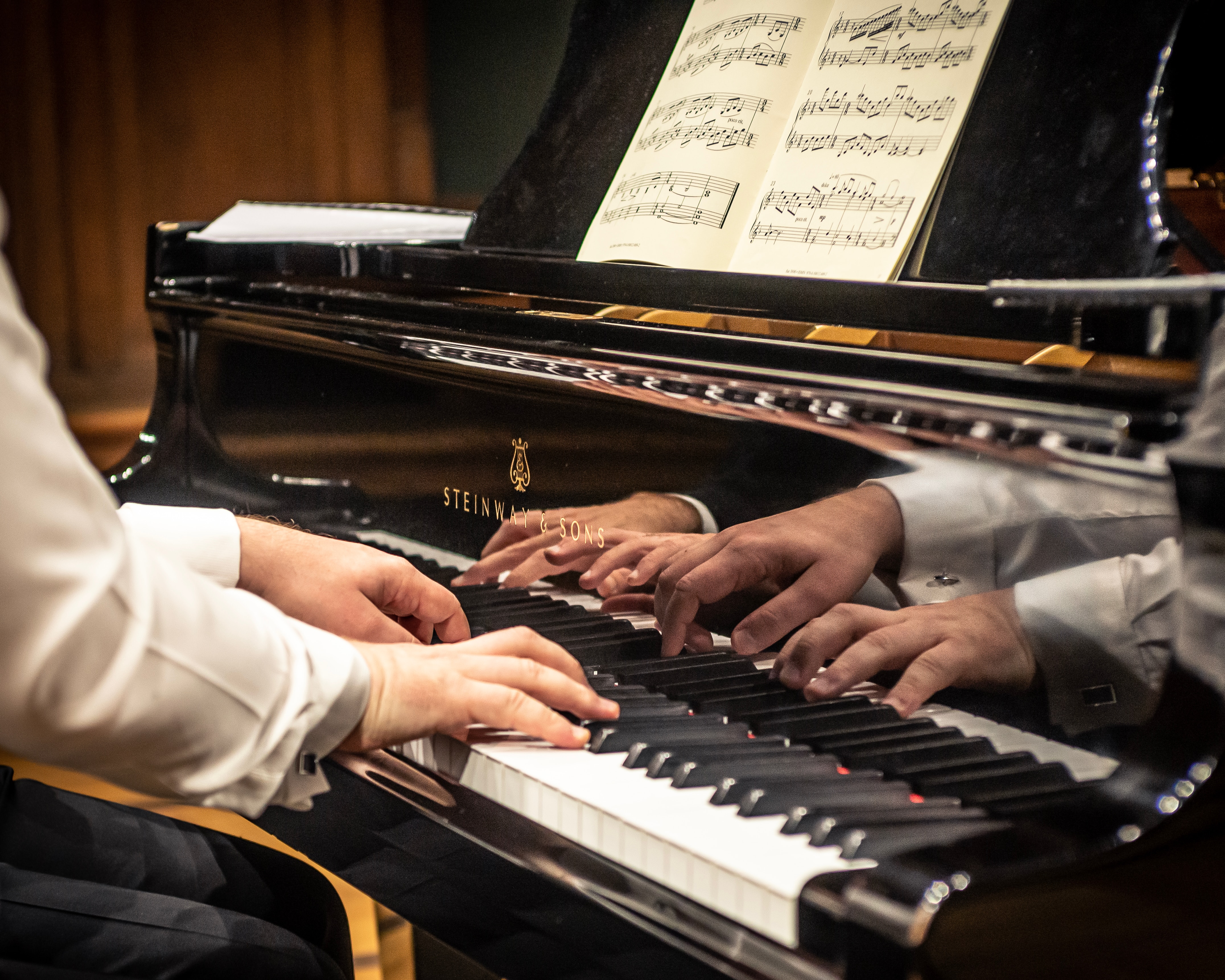News release
From:
Royal Society theme issue – Philosophical Transactions of the Royal Society B - Art, aesthetics and predictive processing: theoretical and empirical perspectives
The aesthetic valve: how aesthetic appreciation may switch emotional states from anxiety to curiosity
Listening to classical music can make people more curious about the world around them, even if that curiosity comes with a risk. In the first of three experiments, participants watched a video of a magic trick while listening to white noise or a classical piece, such as Chopin’s Nocturnes. They were then presented with a wheel of fortune. Spin the wheel and there was a 20% chance of gaining the solution to the trick, 80% chance of an electric shock. Listening to music made participants more likely to gamble for the solution.



 International
International



